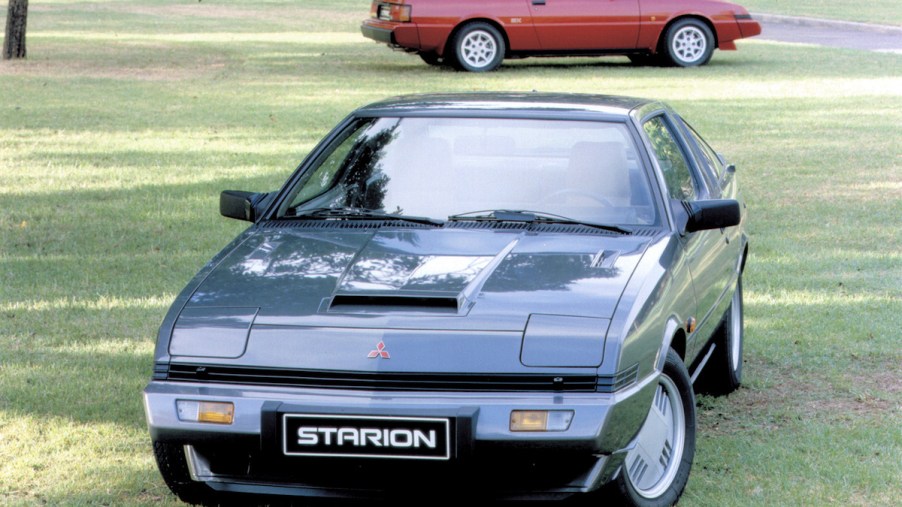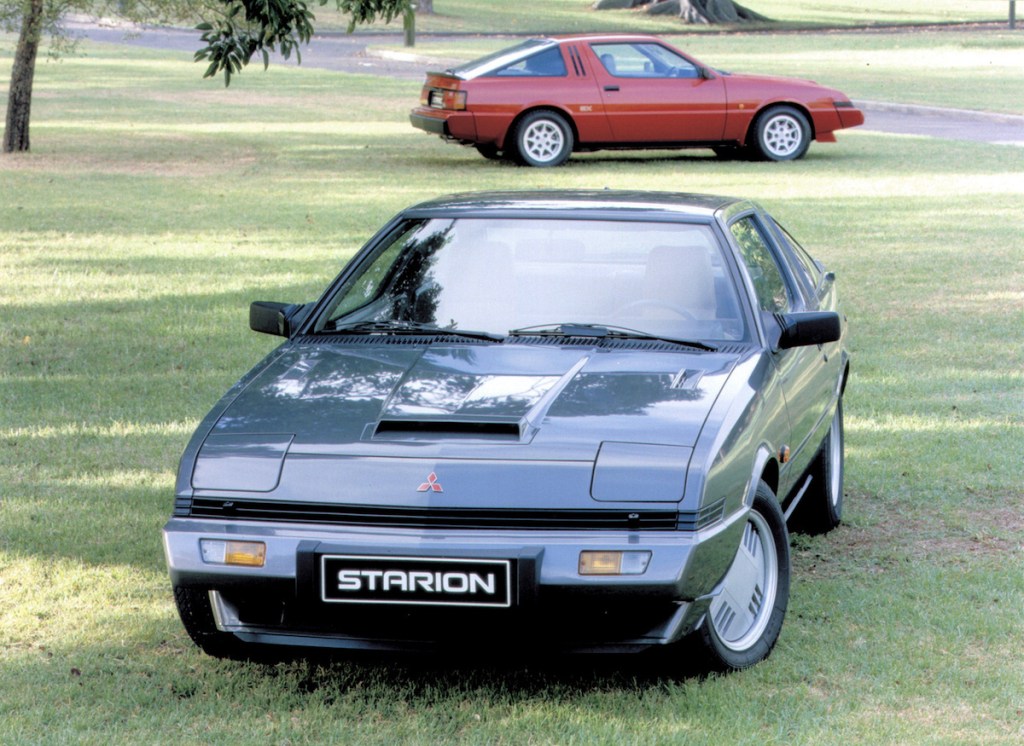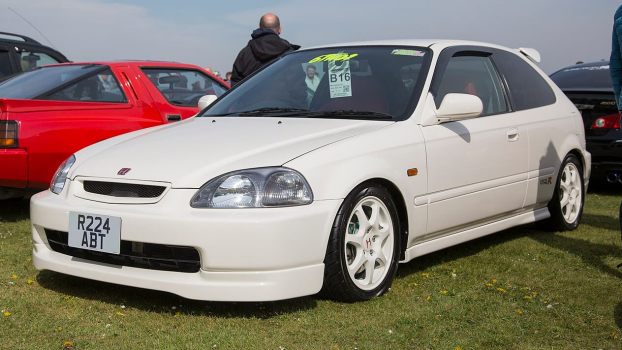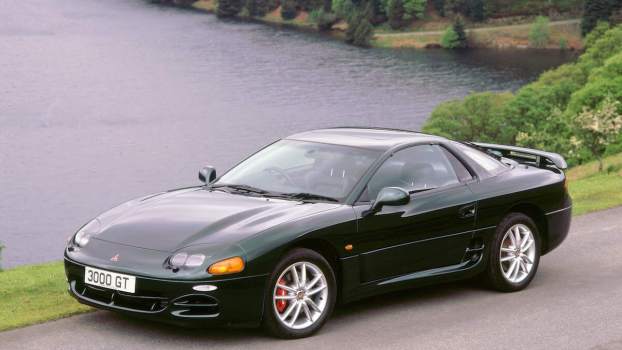
The Mitsubishi Starion Is a Japanese Sports Car that Everyone Forgot About
Thanks to the internet and its far-reaching tendrils, many once-obscure cars are now working their way out of the shadows and into the limelight. Take the now-beloved Toyota Previa, the Citroen DS, and the Scout; these cars were weirdos only a short time ago. However, the Mitsubishi Starion (Chrysler Conquest as it was known here) is still an obscure and affordable sports car, but we aren’t sure why. These turbocharged rally-racing hopefuls are out there, and no one seems to care. What’s up with that?
Are the Mitsubishi Starion and Chrysler Conquest the same thing?

The Mitsubishi Starion and Chrysler Conquest are the same cars, made on the same production line in Japan. The only difference between the two cars is the badging and a small handful of trim pieces. In fact, these cars are often referred to as Starquests to make things easier to understand.
Starquest sales ran from 1983 to 1989. Both cars initially ran a narrow-body platform with a turbocharged four-pot, making 145 hp and 185 ft-lb of torque. Starting in 1986, the widebody and intercoolers showed up, making these cars much cooler and bumping the power up to 178 hp and 223 lb-ft. This RWD Japanese sports car was cheaper, handled better, and was faster than its competitors like the Nissan 300ZX, Mazda RX-7, and Porsche 944.
Are Mistubishi Starions and Chrysler Conquests fast?

In its hottest version, the Starquests only got 178 HP. Now, by 1980s standards, that is pretty decent. The Starion and Conquest TSI with the intercooler could hit a 0-60 MPH sprint in 8.1 seconds. The earlier cars without the intercooler did 0-60 mph in 9.0 seconds.
The SOHC 2.6-liter was a pretty cool engine. It still is. However, that doesn’t make it fast. The more exciting specs of the Starquests are the independent front suspension, Limited-slip differential, staggered 16-inch wheel and tires, 205/55VR16 in front, and 225/50VR16. The Starion and Conquest had disc brakes on all four corners and a sport-handling package offering eight-way adjustable suspension for the 1988 model year. It is these features that helped it outperform the Porsche 944 and others. While not a powerhouse, the Starion took some wins at SCCA’s Escort Endurance Series road racing championship and the 24-Hour Race at Nelson Ledges.
Is the Mitsubishi Starion rare?
You’ll be hard-pressed to find many regular people who know much or anything at all about the Starquests, which makes them seem really rare. According to Starquest Club, approximately 70,000 Starquests were made between 1983 and 1989. Certain years and models are far more common than others. The narrow-body stuff before the intercooler is technically rarer but less desirable. The widebody cars are fairly rare, but, generally speaking, the post-1986 cars are more common.
Despite the pretty large production number, many of these cars didn’t survive in great shape due to their obscurity. That said, the Starquest fans are a small but quite loyal group. There are some lovely examples out there.
I happen to own a 1988 Chrysler Conquest TSI. It is the widebody version with the intercooler. It is a marvelous thing to look at, but like many of them out there, it needs a fair bit of work. The question is, is a restoration worth it for a starquest?
How much is a Mitsubishi Starion or Chrysler Conquest worth?
These aren’t valuable cars at the moment, but they are almost certainly underpriced. You can buy Starquests of any variety for under $10k all day. Honestly, you can probably get a clapped-out one for under $5k easily. But that doesn’t mean they aren’t worth buying.
These cars aren’t overly fast, but they are easily tuned and commonly modded to make much more power. In this market, what other car this stylish and ‘80s can you get that’s RWD, turbocharged, and can easily make over 200 hp for under $5k? I’ll wait.





